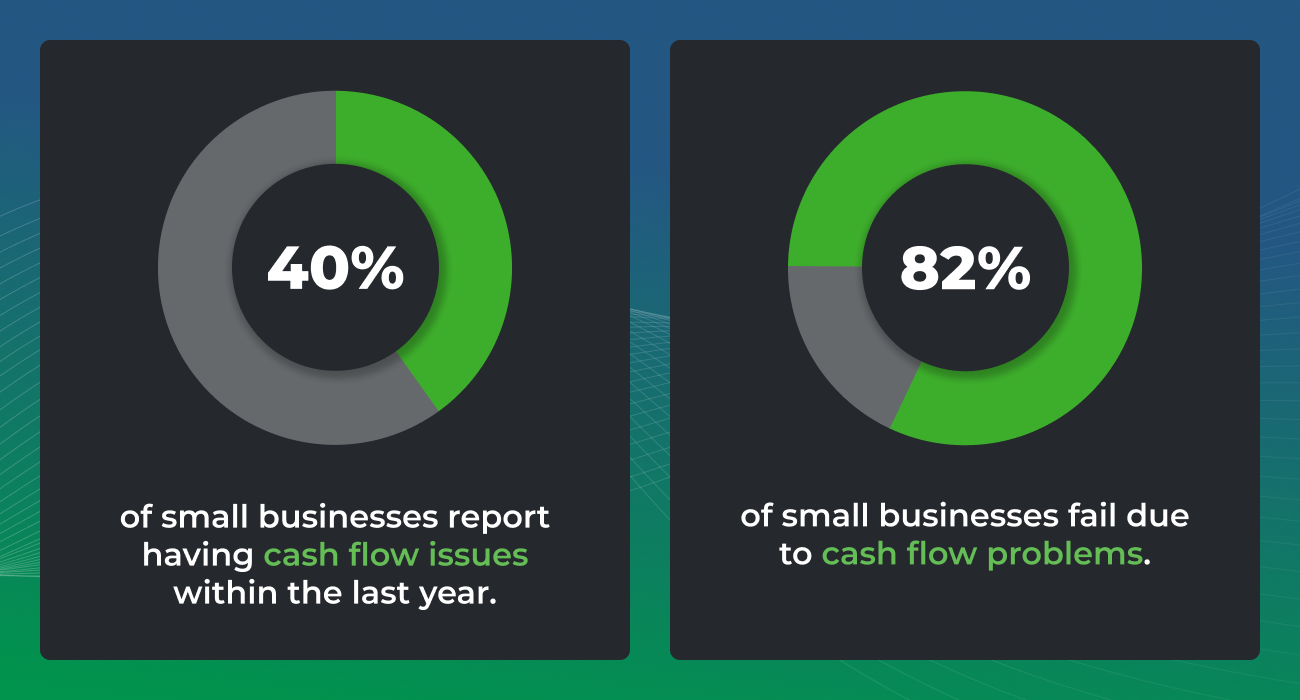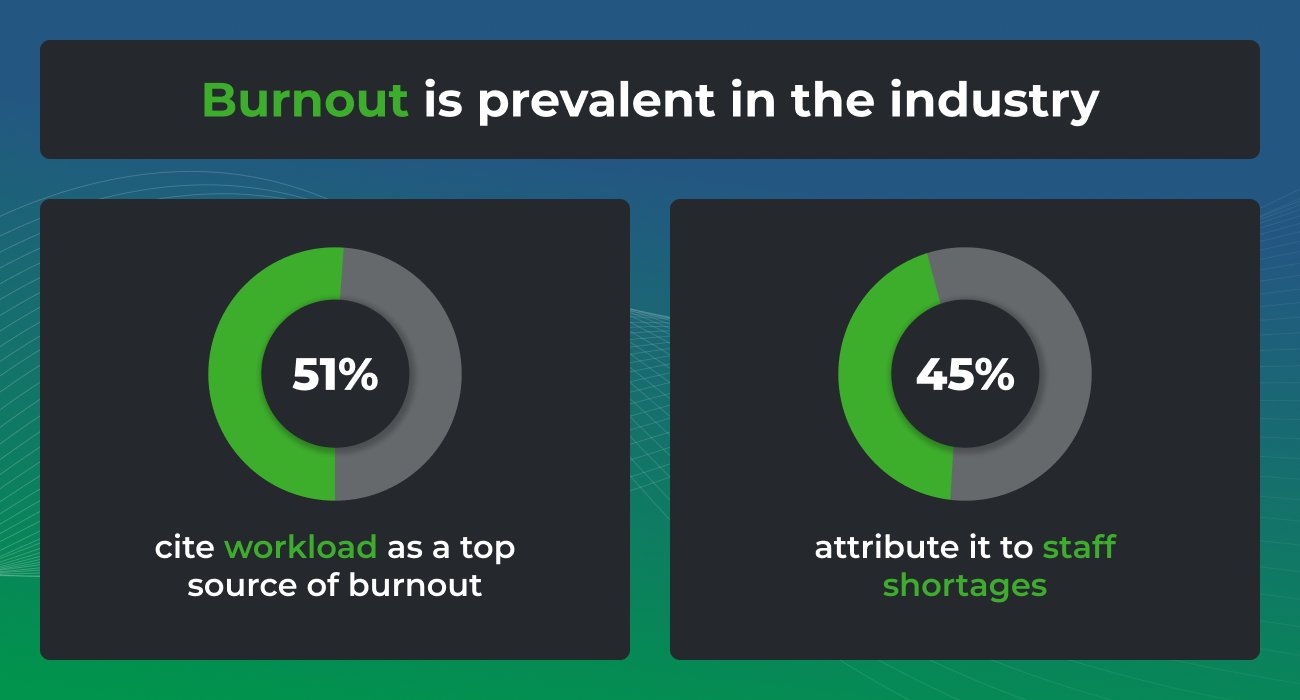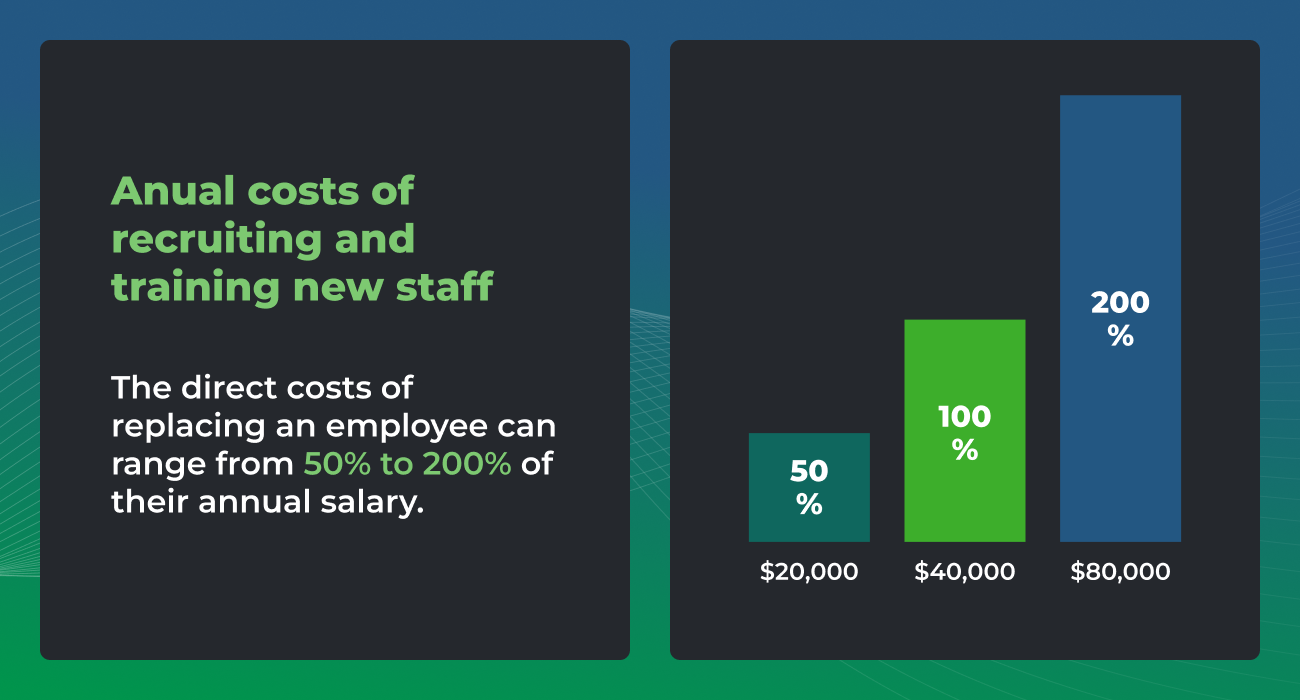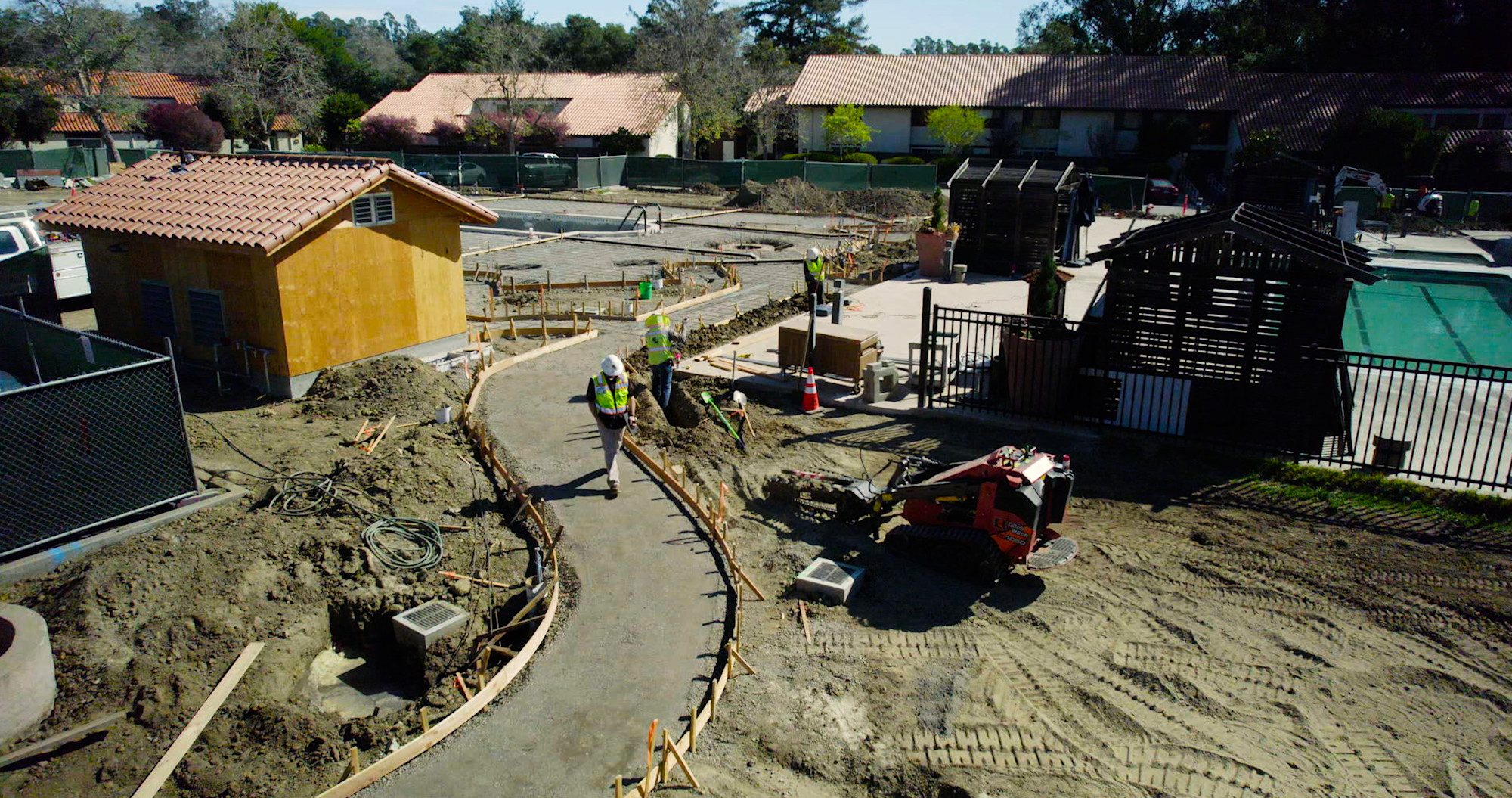Table of Contents
Table of Contents
The busiest months in the landscaping industry can make or break your entire year. While other businesses worry about quarterly results, landscape contractors face an intense 100-day gauntlet, during which 60-80% of annual revenue is compressed into a few frantic months.
The companies that thrive during this period aren't just working harder—they're systematically eliminating the predictable pitfalls that crush their competitors.
Here are a few ways landscaping businesses can derail during busy season, and the battle-tested strategies successful companies use to transform the chaos into their most profitable time of year.
4 Silent Killers of Busy Season
Most landscape contractors can feel when the busy season starts to go sideways, but they can't pinpoint exactly what's killing their momentum.
The symptoms are obvious—crews calling in sick, equipment breaking down at the worst possible moment, cash getting tight despite being booked solid—but the underlying causes remain hidden until it's too late.
These four silent killers work behind the scenes to systematically dismantle even the most well-intentioned business plans, turning what should be your most profitable months into a survival test.
Time compression: Everything happens at once

Resource limitations: Equipment breaks, suppliers delay, crews are stretched thin¹

Cash flow chaos: Expenses spike before revenue catches up³

Human burnout: Fatigue sets in by mid-June²

4 Battle-Tested Strategies That Work
The landscape companies that dominate the busy season don't rely on luck or brute force—they follow a proven playbook that turns the industry's biggest challenges into competitive advantages.
While most contractors are still fighting fires and hoping for the best, these strategies address the root causes of busy season chaos with surgical precision.
The best part? None of these require massive capital investment or revolutionary changes to your business model. They're practical, field-tested approaches that successful landscape companies have used to transform their most stressful months into their most profitable ones.

1. Prioritize Team Retention
Pay at least 15% above market. Create clear career paths. Implement weekly check-ins with all team members. The math is simple: an extra $2/hour costs far less than constant recruiting and training.⁵

2. Feed Your Crews (Seriously)
Top companies provide quality food and drinks in the field. Some arrange Food Truck Fridays at staging areas. Others stock custom snack boxes in each truck. When people are working physically demanding jobs, food matters.⁶

3. Build Relentless Efficiency
Transform chaotic mornings into a 15-minute science. Stack jobs geographically instead of chronologically. Create crew "zones" that eliminate the "what's next?" question. The companies crushing their busy season aren't pushing people harder—they're removing the obstacles that slow people down.
The North by Northwest glow up: they uncovered and eliminated $18,000 in weekly labor waste—nearly a million dollars annually, that they never knew they were losing.⁷

4. Make Money Visible Daily
Top landscape companies kill the monthly P&L ritual in favor of real-time dashboards. They track labor against estimates as it happens, not weeks later when it's too late. Jordan Martin at North by Northwest implemented daily tracking and grew the net profit from 2% to 7% in a single year.
Download our full ebook, “Dirt Rich, Time Poor: Mastering the 100 Days of Hell,” for a complete blueprint on transforming your busiest season from chaos into your most profitable time of year.
¹ The Growing Labor Shortage Facing Landscaping Companies
² Staff Shortages Are A Key Reason For Employee Burnout
³ How to Fix Your Landscape Business Cash Flow Issues
⁴The Cost of Replacing an Employee In Business
⁵The Impact of Workplace Morale on Productivity
⁶Aspire’s 2025 Landscape Industry Report
⁷Implement Aspire during the busy season? North by Northwest did, and it paid off immediately







